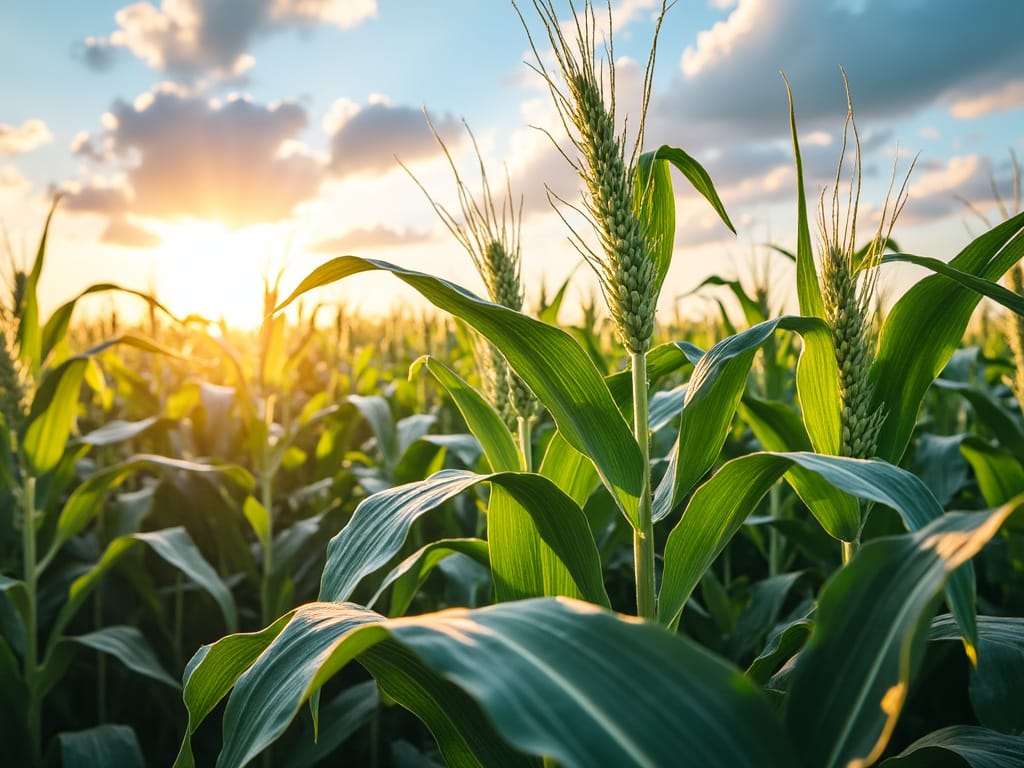
Can you imagine a world where your farm's waste is turned into energy, where water is never wasted, and where every resource has a second, third, or fourth life?
This isn't science fiction: it’s the circular economy, and it’s transforming agriculture as we know it. And the best part is, it not only helps the planet, but it also puts more money in the pockets of producers.
Today, as you read this, the agri-food sector faces a paradox: feeding 10 billion people by 2050 without depleting soils, drying up rivers, or filling the planet with waste. The good news is that the solution might be right beneath our feet… in those “waste” materials we’ve always considered useless!
The traditional "extract, use, and throw" model no longer works. It’s like having a bank account where we only withdraw money and never deposit anything. The result? Depleted soils, polluted rivers, and mountains of waste that could actually be wealth.
The circular economy proposes something radical: closing the loop. Imagine it like a forest, where fallen leaves feed new sprouts. In practice, this means:
Real-life example: In Ghana, cocoa producers use leftover harvests to create organic compost. Result: 30% less spending on chemical fertilizers and soils that recover their vitality. And you know what they needed? Not high-tech solutions, but local knowledge and basic management tools (like the ERP systems they already use to optimize harvests).
IoT sensors and management software (like agricultural ERPs) are the “all-seeing eye.” In the Midwest U.S., dairy farms monitor manure with sensors: when it reaches a certain amount, an automatic system turns it into biogas. Some even sell the excess energy to nearby villages!
How to get started? If you have a smartphone, you already have the tool. Apps like FarmLogs allow you to map waste and calculate its potential for reuse.
In the Deccan Plateau (India), where water is scarce for 8 months a year, they use smart drip irrigation systems. ERPs analyze soil data, weather, and even lunar phases to decide when and how much to water. The result: 40% more crops with the same water.
Fun fact: In California vineyards, they use drones with thermal cameras. If a plant is “hotter,” it’s a sign of water stress. This allows them to fix problems before crops are lost.
Blockchain isn’t just for cryptocurrencies. In Texas, organic cotton producers use this technology so you, as a consumer, can scan a code and see:
Next time you bite into a chocolate bar, think about this: companies like Circular Food are using cocoa husks to make edible packaging. Yes, you literally eat the wrapper!
This isn’t just ecology: it’s business. According to FAO, circular farms are 18% more profitable in 5 years. And with tools like agricultural ERPs (which many already use for accounting), the transition has never been easier.
You don’t have to be an agricultural giant. Start today with something small:
Your best weapon: Curiosity! Search for “DIY composting” on YouTube or follow @AgroCircular on social media.
The earth is crying out for us to change. And as a farmer, you have something that few can offer: the power to regenerate it, harvest after harvest.
In agriculture, ERP stands for Enterprise Resource Planning . It refers to software systems used by farms and agricultural businesses to manage and integrate important parts of their operations, such as crop management, inventory control, financial management, and supply chain tracking.
The primary crops grown in the US Corn Belt are corn (maize) and soybeans. Other crops such as wheat, oats, and sorghum are also cultivated, but corn and soybeans dominate the region due to its fertile soil and favorable climate for these crops.
Several software platforms are used in agriculture to help farmers with tasks like crop management, weather monitoring, and financial planning. Some popular agricultural software includes John Deere's Operations Center, Trimble Ag Software, AG Leader, and FarmLogs. These software programs provide tools for precision farming, data analysis, and resource management.
The Midwest is called the Corn Belt because it is one of the most productive regions for corn cultivation in the United States. This area, which includes parts of Iowa, Illinois, Indiana, Nebraska, and Ohio, has ideal conditions for growing corn, such as fertile soil, a moderate climate, and ample rainfall.
Find Agriflow in other countries of Africa